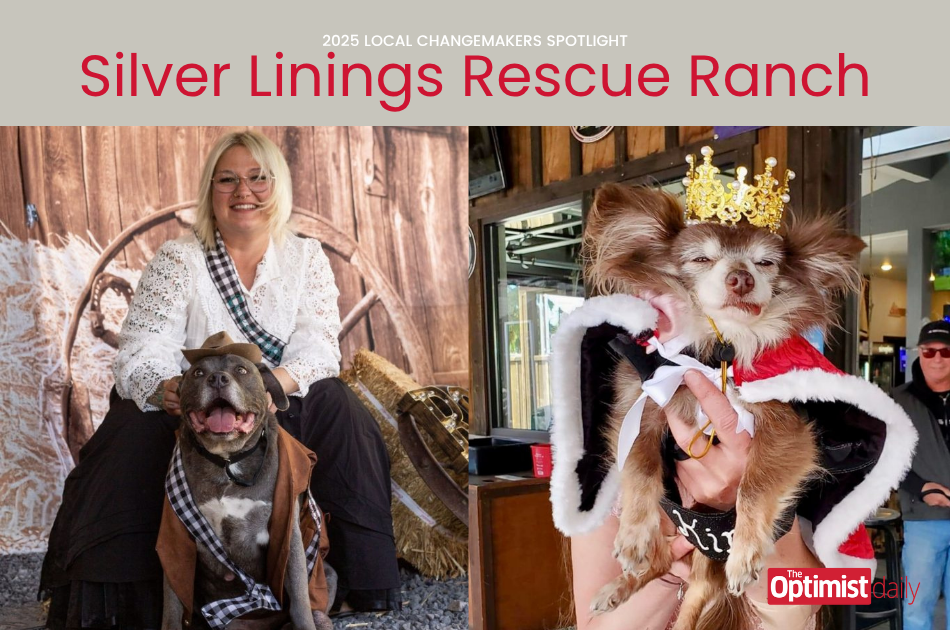A new app launched in Barcelona is helping the city’s residents deal with scorching temperatures this summer by finding the shadiest and coolest routes for pedestrians.
The pedestrian routing app, called Cool Walks, was first developed at a data visualization contest. Its purpose is to show users a selection of walking routes to take for their intended destinations, featuring choices that are shadier to help people avoid the adverse effects of extreme heat. The user can choose from either the most direct route, or a route that might take a bit longer, but provides more shade from the sun. If the app is set to “vampire mode,” then direct sunlight is avoided at all costs. More information about drinking fountains and places to shelter from the sun is also available on the app.
Cool Walks offers its service through a tool called Lidar that creates accurate (to within 10 cm) high-resolution models of ground elevation, in combination with the data on the sun’s path, so that it can determine where the shade falls at any time of the day.
For now, the app only maps one neighborhood in Barcelona but plans to expand to include more. Developers hope that the research done for the app can help the city protect its citizens and economy and provide information on how to adapt to extreme heat.
Heatwaves are the leading climate risk-associated cause of death. Extreme heat in urban areas can cause mortality increases of up to 14 percent, lowers overall productivity, and damages infrastructure. Plus, heat-trapping surfaces that are common in urban areas, like concrete and tarmac, practically turn cities into ovens. Evidently, it will take much more than the introduction of an app (no matter how cool) to help us tackle climate change.
Jon Burke, a councilor for Hackney in London and the man behind a massive expansion of tree planting in the borough, said: “I think we should view this particular kind of app as an interim measure to reduce the impacts of extreme heat… while cities rapidly invest in urban canopy cover and broader green infrastructure.”
Barcelona is on board with adding more green space and trees to mitigate the effects of global heating. The city has a 20-year tree master plan in place that seeks to boost its current percentage of land covered by trees from 25 percent to 30 percent.










